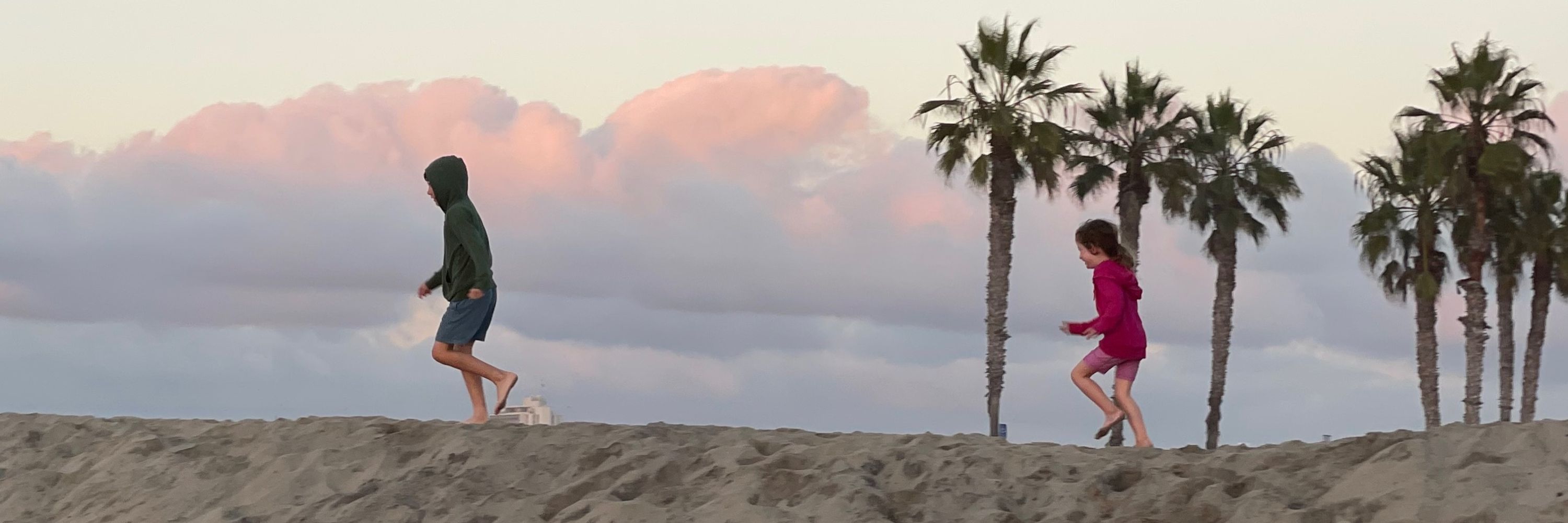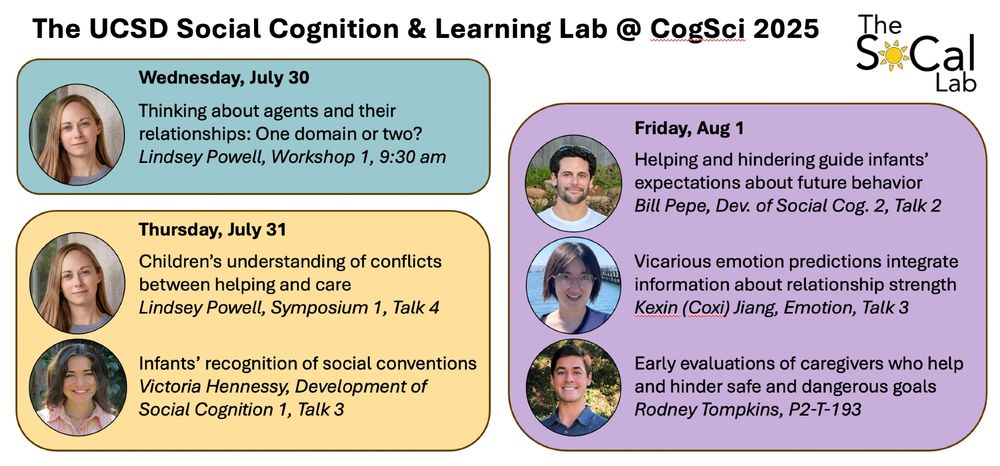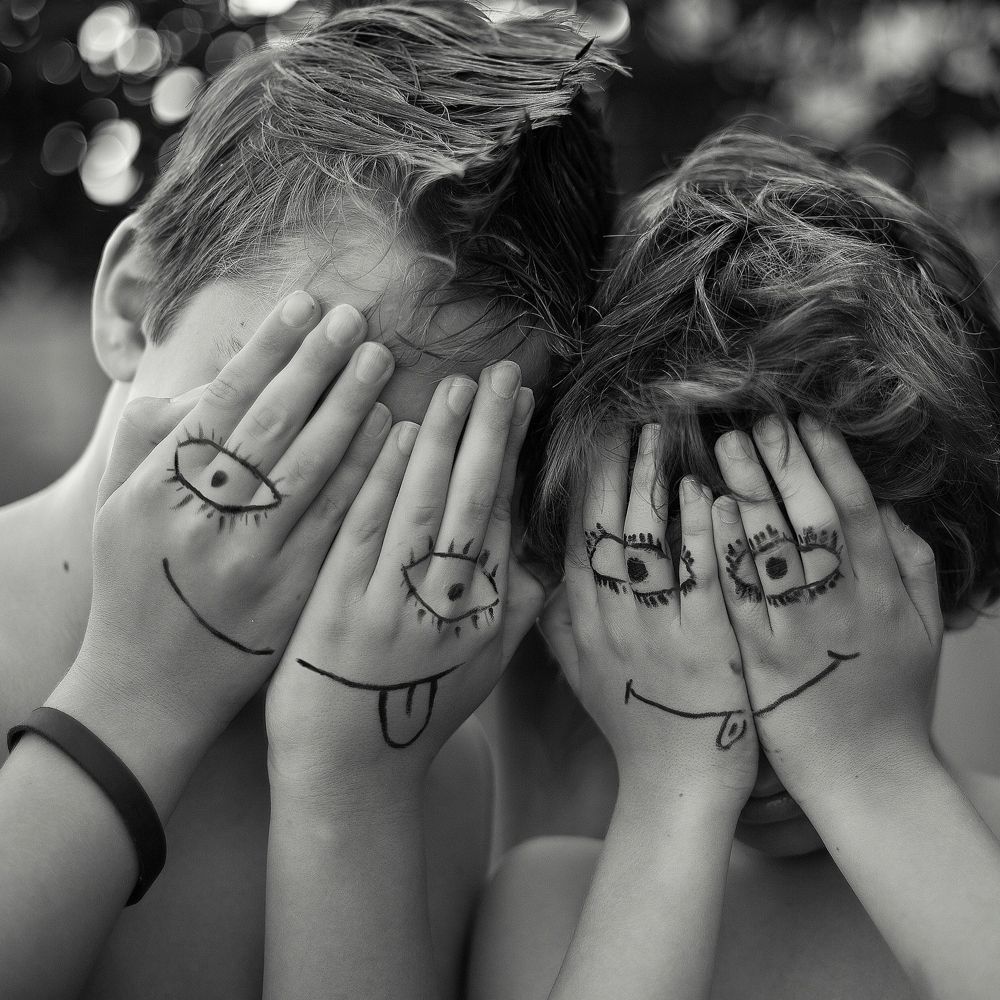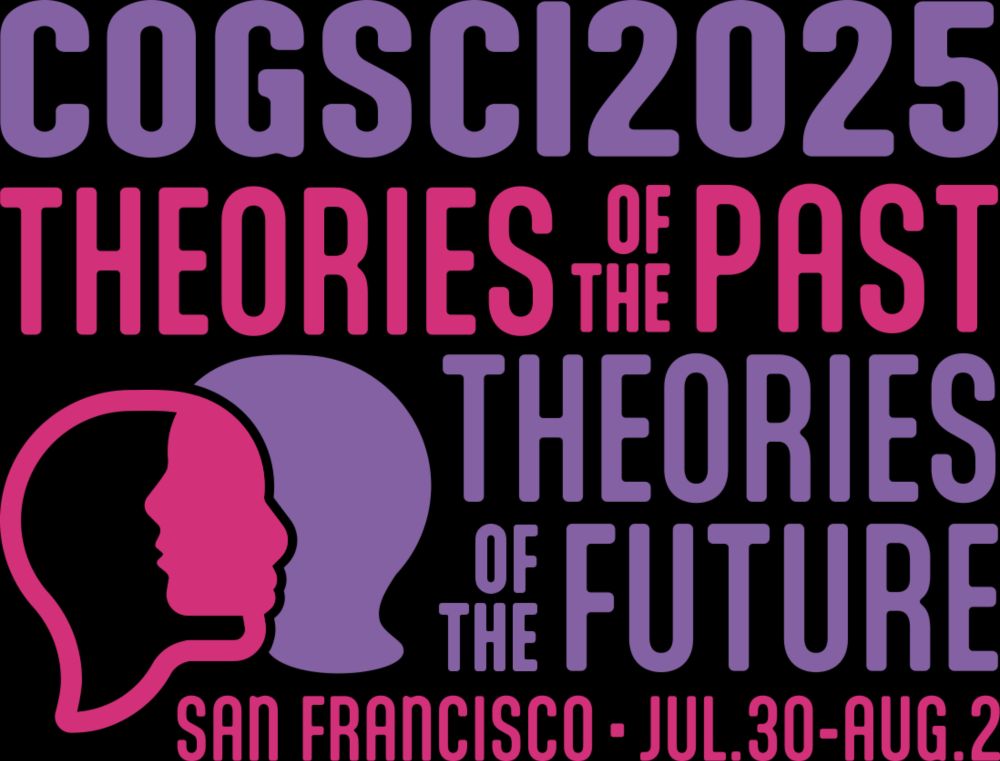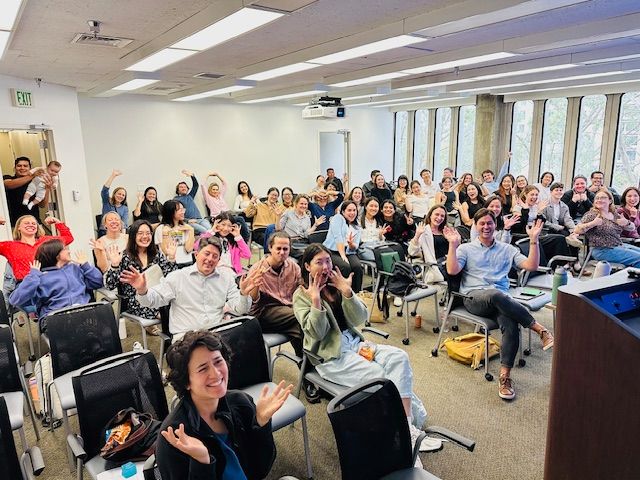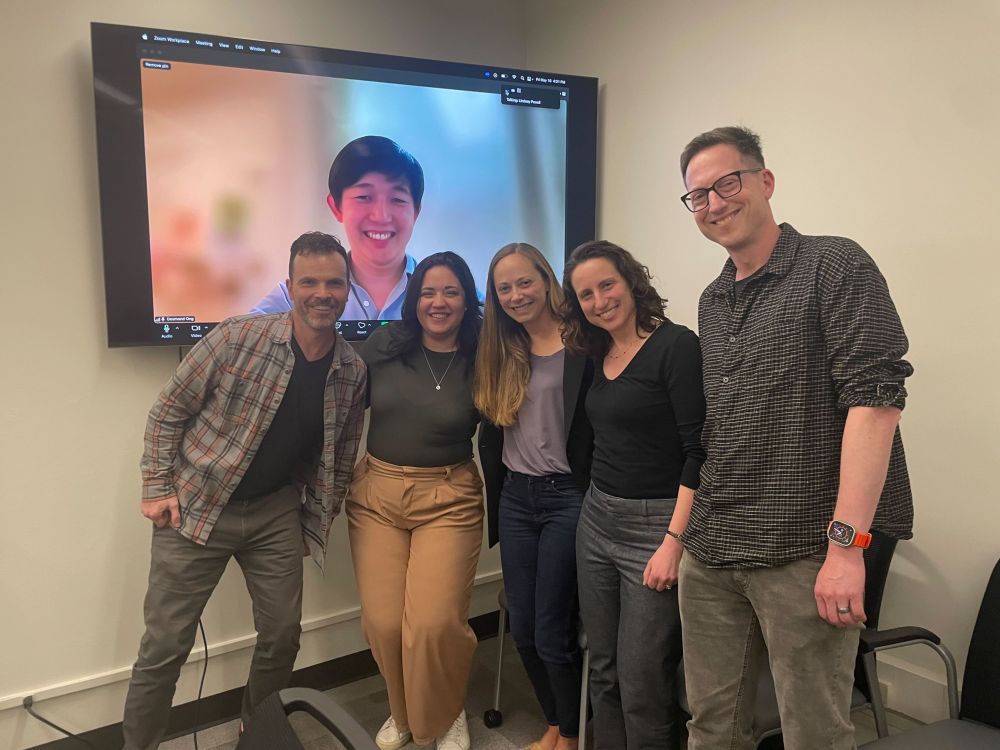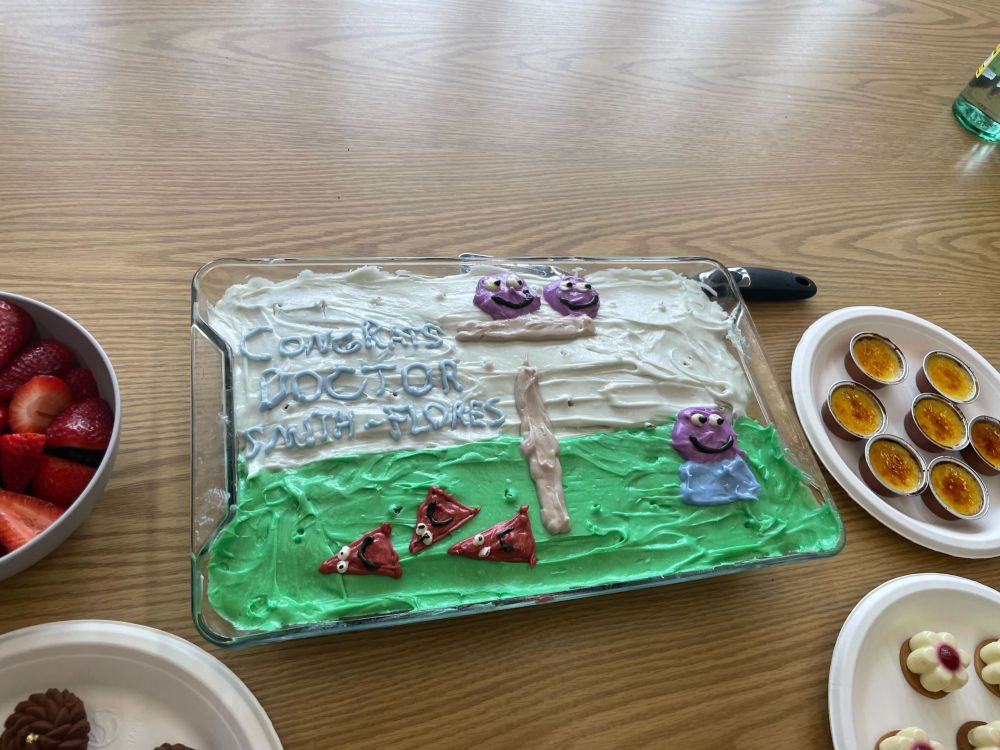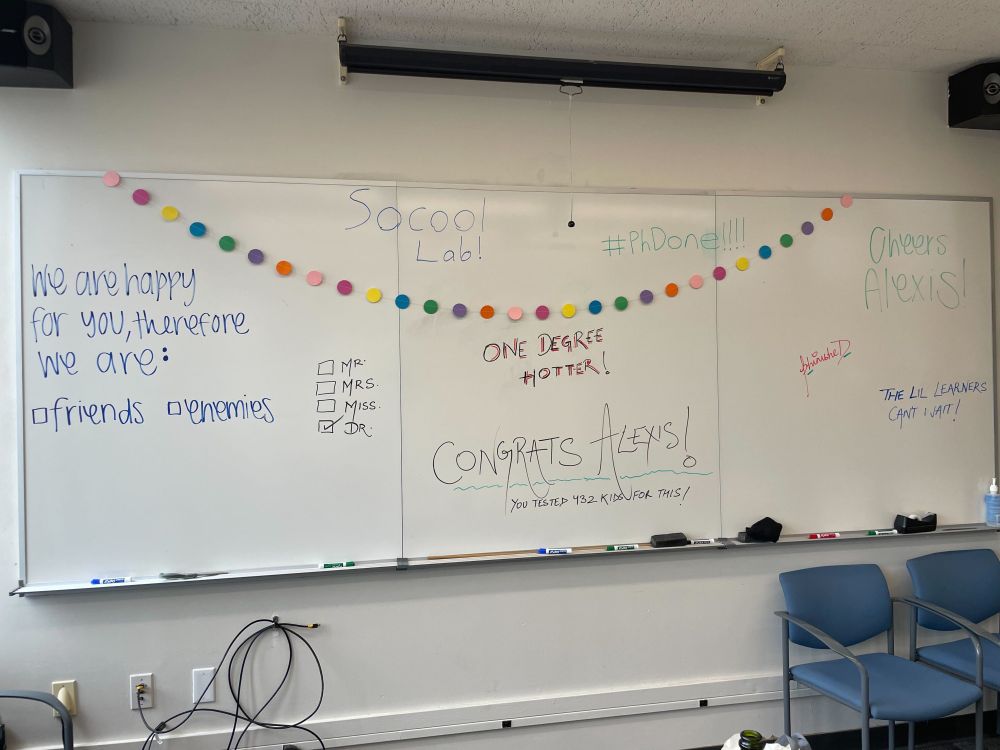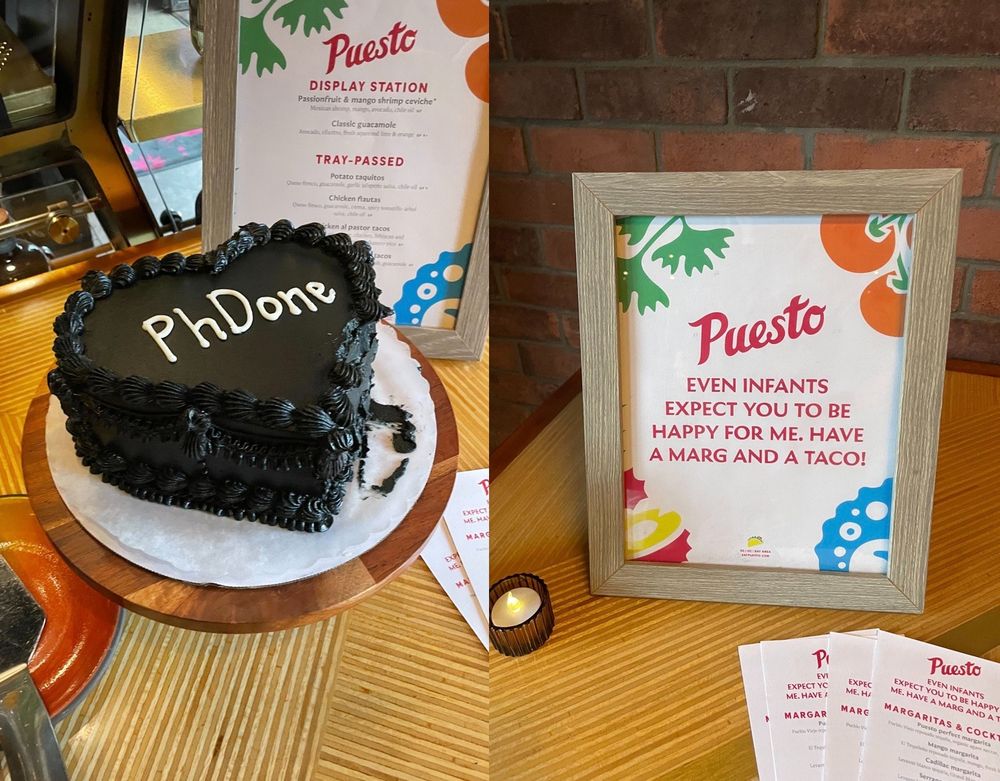Lindsey Powell
@lindseypowell.bsky.social
1.3K followers
930 following
93 posts
Developmental psych & cog neuro, studying how babies and kids make sense of and learn from their social world. Asst Prof @ UCSD. she/her
Posts
Media
Videos
Starter Packs
Reposted by Lindsey Powell
Reposted by Lindsey Powell
Lindsey Powell
@lindseypowell.bsky.social
· Jul 17
Lindsey Powell
@lindseypowell.bsky.social
· Jul 17
Reposted by Lindsey Powell
Reposted by Lindsey Powell
Reposted by Lindsey Powell
Lindsey Powell
@lindseypowell.bsky.social
· May 22
Lindsey Powell
@lindseypowell.bsky.social
· May 22
Reposted by Lindsey Powell
Lindsey Powell
@lindseypowell.bsky.social
· May 21
